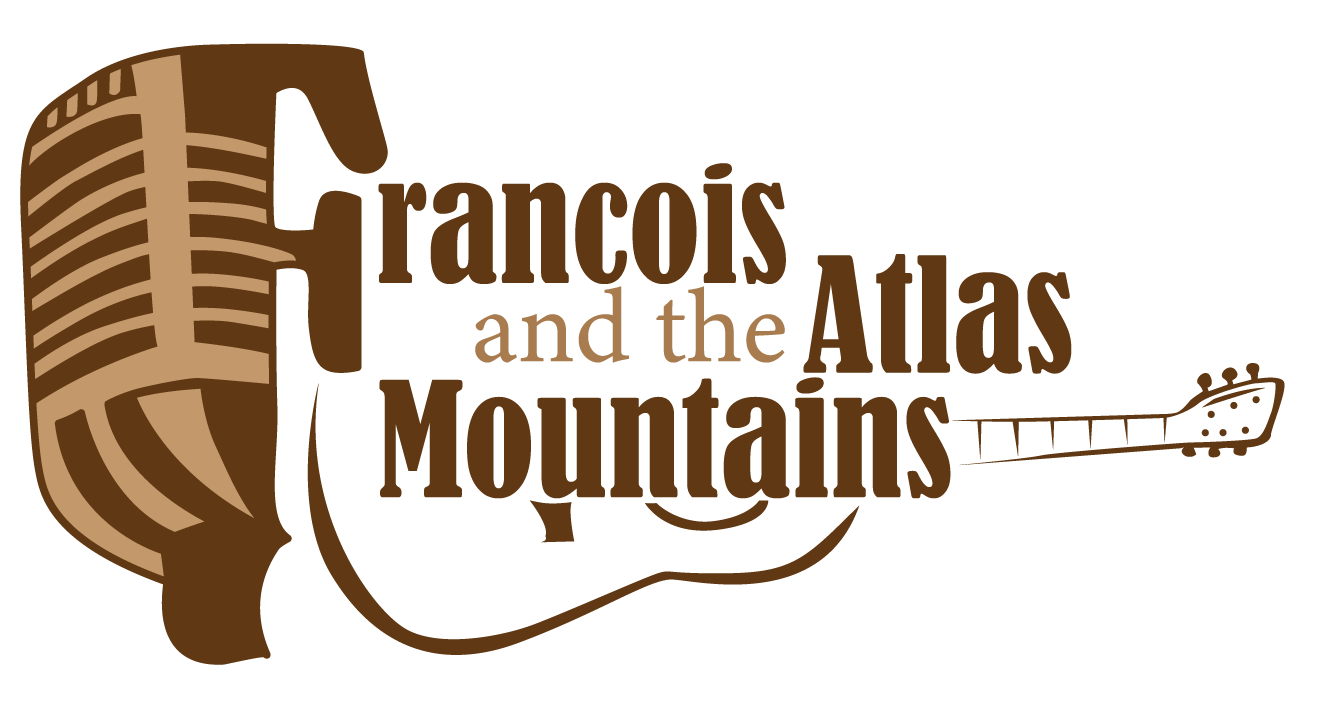What Auld Lang Syne is All About
In the spirit of New Year’s Day, Here’s a back story of a poem that every musician should know about, and if you are a lover of poems, then Auld Lang Syne can never miss in your collections. This Scottish poem dates back to the 17 century. It takes the tune of a folk song in a traditional setup. Despite the Scottish language, many English-speaking countries have also adopted it in their library of poems.
Most English Speaking countries play it on the Eve of New year, precisely at midnight, to usher in a new year in their lives. Other occasions that you can also get it sung include
- Graduation parties
- Funerals
- Farewell parties
One group that uses it on most occasions is the scouting movement. They are closing the camps and the jamborees; this is the song they play, even in their international events. Robert Burns, the author of the poem, translates it in simple terms as “for the benefit of the old times.” It’s derived from the common phrase. Once upon a time, telling folk tales, hence the touch of folk tradition in the poem.
The statement is the first stanza of the chorus. The four stanza poem has its chorus, which depicts the fact that the old is Gold.
The Uses of this Famous Poem
The Eve of New Year
In Scotland, this is the New Years’ Eve of the national anthem. It is sung in style. People form a circle, and as the song begins, you cross your fingers around the chest area as your right arm touches the left arm of your neighbor. As the song ends, everyone rushes at the center with their arms joined together, singing in unison.
The Millennium Dome saw the Queen Elizabeth dance to the sing in appreciation for the new millennium. That is the Scottish tradition.
In weddings
This is a song for the bride and groom; as the music begins to play, everyone gathers in a circle to lift the bride and groom in the center of the ring as a way of congratulating them for starting their new phase of life.
Uses in Different Countries
Different non-English speaking nations sing the song in other places based on the occasion.
In the Netherlands, it was a football song and a national anthem for a student association anytime they wanted to play traditional music.
In Denmark, the song was translated in the early 19th century and was formed as part of the Danish tradition. You may think it’s part of the Danish culture, but it was a borrowed song only translated to suit the Danish community.
In Japan, this is the song that defines all school graduations; anytime you hear it being sung somewhere, there is a school graduation ceremony somewhere.
In Bangladesh, is translation is included in the Bengali folk song Purano shei diner kotha meaning Memories of the Good Old Days? Since they have the same theme, its inclusivity in the Bangladesh tradition makes it one of the popular songs even though the current generation has no idea of its origin.
South Koreans call it Jakbyeol, meaning the art of bidding farewell. It was first sung in the exile nation for three years from 1945. Finally, its melody was included in the Korean National Anthem as a show of solidarity and inclusivity to the exile community.
In Thailand, it’s one of promoting national Unity. It is a patriotic song that is sung in all state functions as a sign of patriotism.
The English Speaking Nations Use it Differently
Great Britain sings the song in the Trade Union Congress, among other political rallies that support the government. This is a song that is sung in both English and non-English speaking countries.
There is no way you can be in a function and fail to listen to this song; that means you are not in an international role. That is the popularity of About Auld Lang Syne.
